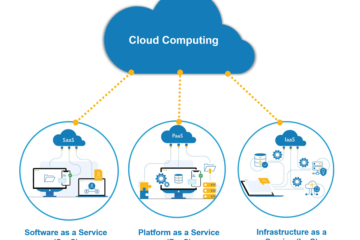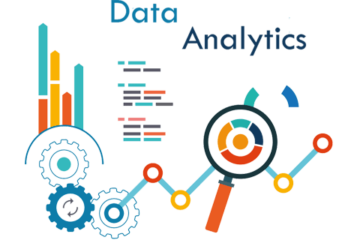Big Data Technology and the Future of Big Data Analytics
Big Data Technology:
Software utility is the definition of big data technology. Big data technologies have become a common phrase in recent years. It is a reliable and effective technology that handles all client and large organization requirements and needs, and it is in charge of producing and managing data. This technique is primarily intended for the analysis, processing, and information extraction from massive sets of exceedingly complicated structures. For conventional data processing tools, this is quite challenging to handle.
The Internet of Things (IoT), deep learning, machine learning, artificial intelligence (AI), and other technologies that are greatly amplified by big data are among the bigger notions of rage in technology. In addition to these innovations, big data technologies emphasize the analysis and management of significant quantities of batch-related and real-time data.
Increased Reliability Of Big Data Analytics:
It becomes more challenging to ensure data accuracy and quality as we acquire more of it.
- Data integrity
Making assumptions based on data is always a smart business move unless the data is inaccurate. Furthermore, bad data includes information that is lacking, invalid, inaccurate, or that disregards the context. Of course, diagnosing an issue before treating the symptom is always preferable. Businesses need to examine their pipelines from beginning to end rather than just using tools to spot faulty data in the dashboard.
- Data observability
Observability is more than simply tracking and warning you of faulty pipelines, Businesses wishing to get a hold on the health of their data and enhance its general quality ought to begin by understanding the five pillars of data observability, which are data freshness, schema, volume, distribution, and lineage.
- Data management
Considering the amount of data at hand, it is even more crucial to take the appropriate precautions. However, there is also concern about the potential harm that data breaches can cause to a company’s reputation and brand.
One way to guarantee that all divisions within a company work solely with data that complies with relevant and accepted standards are to develop and implement a data certification program.
Data Matrix:
By decentralizing essential components into distributed data products that may be owned separately by cross-functional teams, a monolithic data lake is intended to be broken down using a data mesh.
These teams gain control over information pertinent to their area of business by being given the freedom to retain and analyze their own data. Data is now a resource to which everyone contributes value rather than being the sole property of one particular team.
Microservices And Data Marketplaces:
Monolithic projects are broken down into more manageable, independently deployable services when microservices architecture is used. It not only makes it simpler to implement these services, but it also makes it simpler to gather pertinent data from them. As needed, alternative scenarios can be generated or mapped out using this data by remixing and reassembling it. That may also be helpful in locating a gap (or gaps) in the data you’re attempting to use.
Be Prepared For Big Data Analytics In The Future:
The future of big data analytics is no longer constrained by price constraints, despite the fact that numerous big companies are already moving towards, if not fully embracing, all of these trends. This provides them an advantage over competitors.







